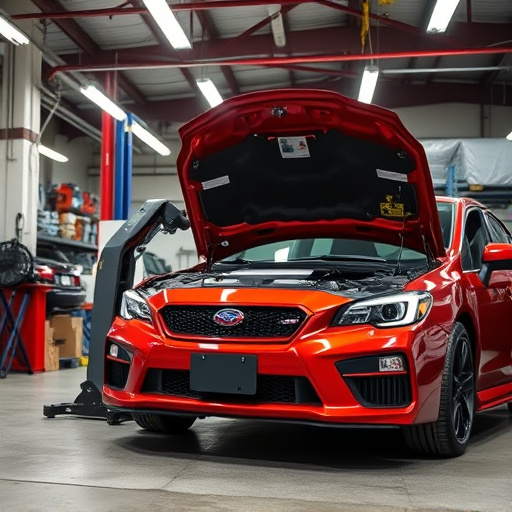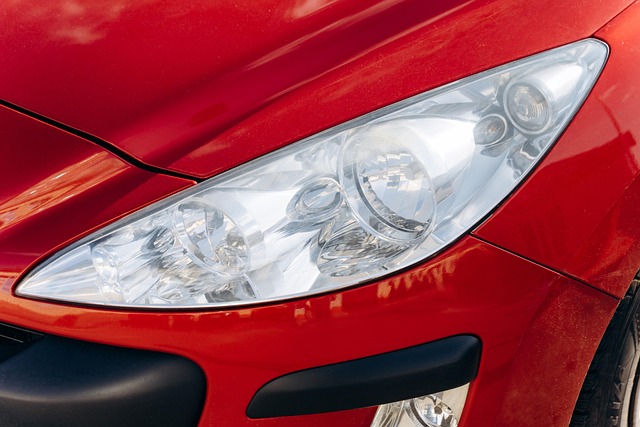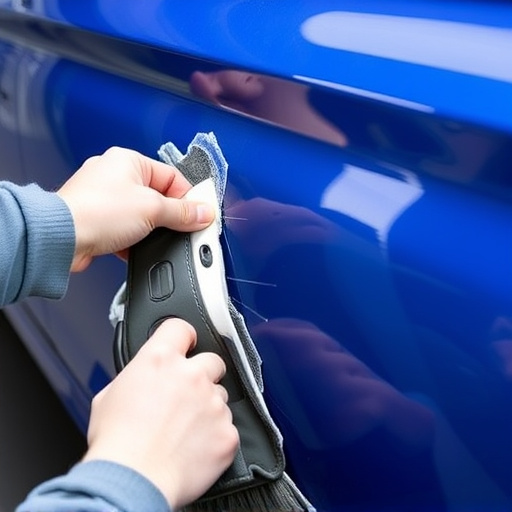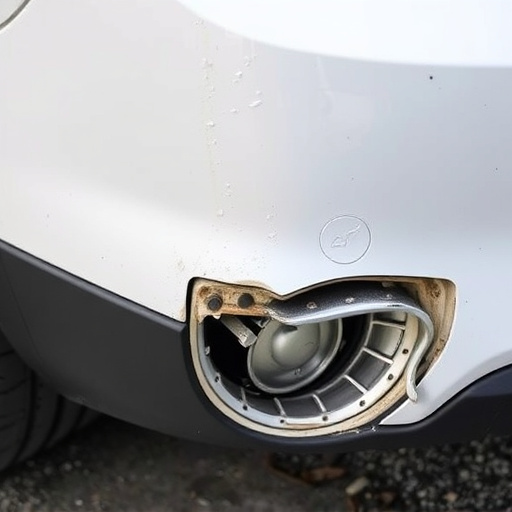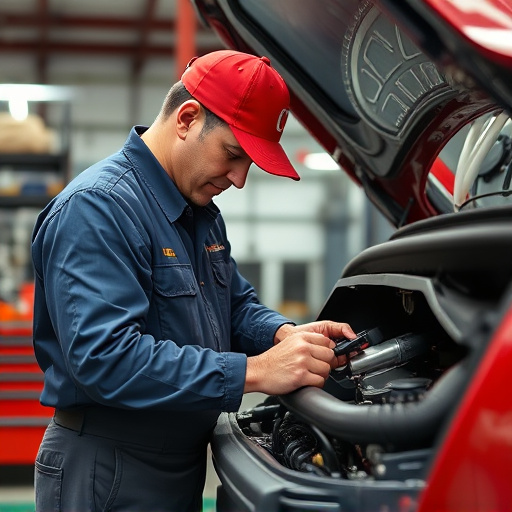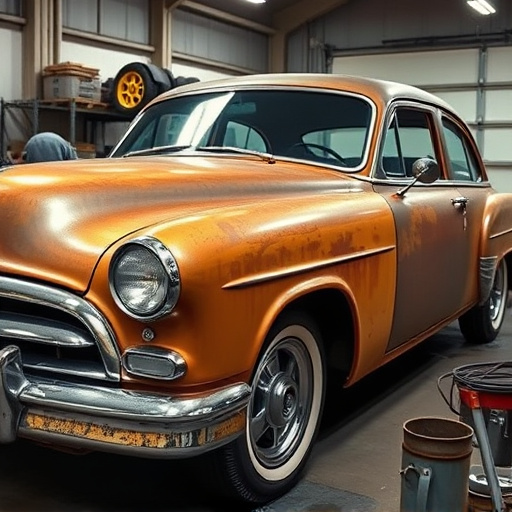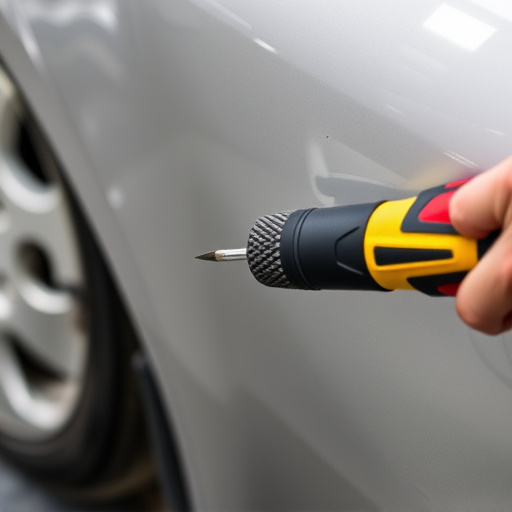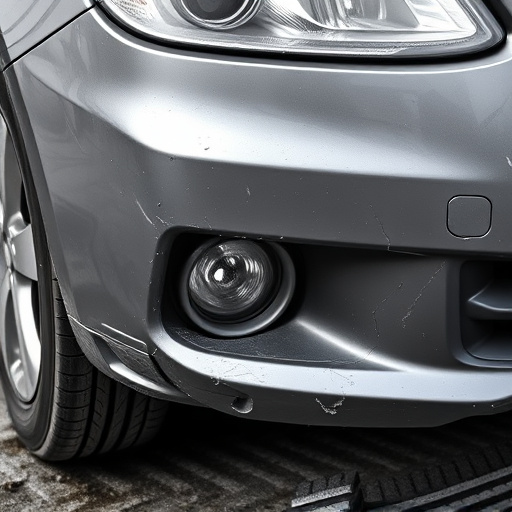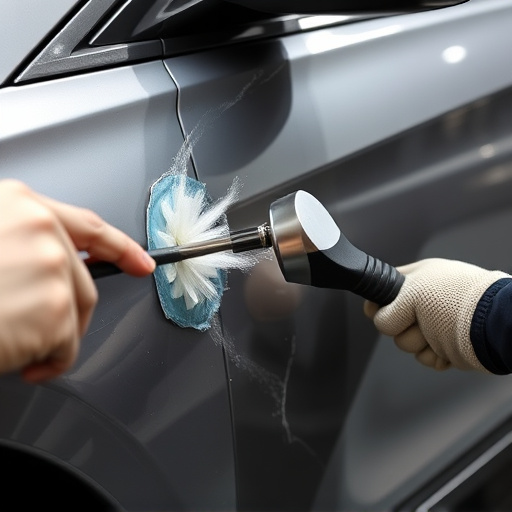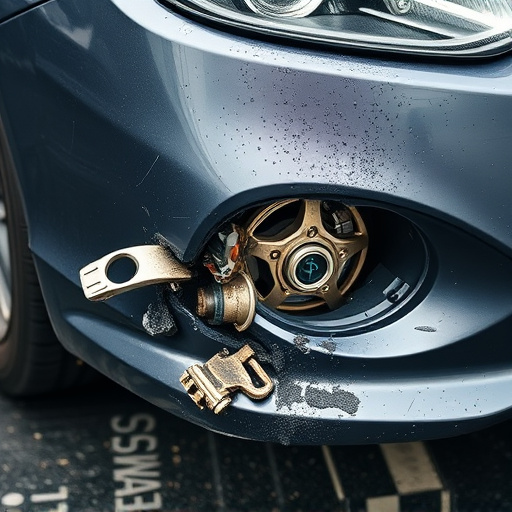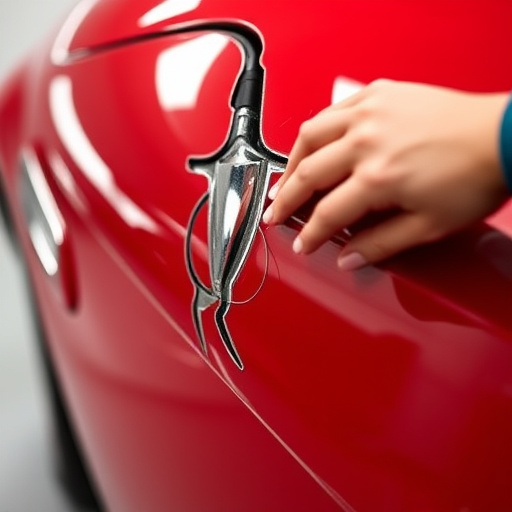Understanding the insurance approval process for frame repair is key. Appraisers assess damage and structural integrity to strict guidelines. Body shops specialize in restoration, ensuring high standards. Denials common due to inadequate documentation or specific policy exclusions like water damage. Distinguishing approved vs unapproved costs crucial based on vehicle age, make, model, and collision severity to avoid overcharging.
Not all frame repairs for insurance claims are approved—a surprising fact that leaves many policyholders confused. This article delves into the intricate processes behind insurance approval for frame repair, shedding light on common reasons for claim denials. We explore the distinction between approved and unapproved frame repair costs, guiding you through navigating this complex landscape. Understanding these dynamics ensures informed decisions when filing frame repair insurance claims.
- Understanding Insurance Approval Processes for Frame Repair
- Common Reasons Why Frame Repair Claims Are Denied
- Navigating Approved vs. Unapproved Frame Repair Costs for Insurance Claims
Understanding Insurance Approval Processes for Frame Repair
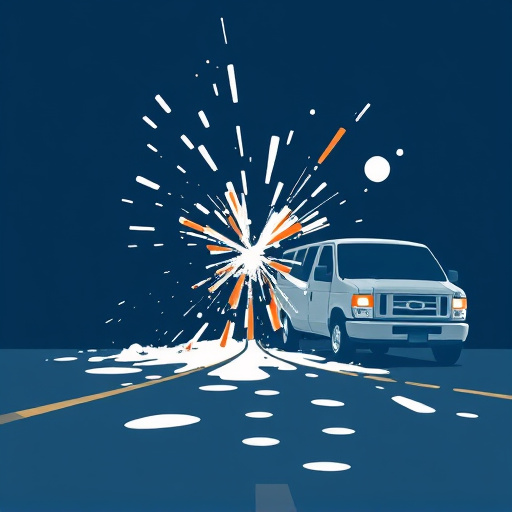
When it comes to insurance claims for frame repair, understanding the approval process is key. The first step in the process involves assessing the damage and determining if the vehicle’s frame is structurally sound or needs significant repairs. Insurance companies typically have strict guidelines and criteria for approving such claims, focusing on both safety and cost-effectiveness. These evaluations often involve detailed inspections by authorized appraisers to ensure the estimated repair costs are accurate and justified.
Vehicle body shops skilled in automotive restoration and frame repair know these processes well. They work closely with insurance providers to navigate the approval stages, ensuring that the necessary repairs are carried out to the highest standards. This includes using advanced techniques and equipment for vehicle body repair, along with adhering to safety regulations, which ultimately leads to successful claim approvals.
Common Reasons Why Frame Repair Claims Are Denied

There are several common reasons why frame repair claims for insurance purposes might be denied. One primary factor is the extent of damage and whether it’s considered beyond minor or cosmetic repairs. Insurance companies often require a detailed assessment to determine if the frame repair falls within their policy coverage, focusing on structural integrity rather than aesthetic concerns.
Another reason for denial could be poor documentation or inadequate evidence of the collision and subsequent damage. Vehicle repair services, including frame straightening, must provide clear records and photographs to substantiate the claim. Inaccurate reporting or omitting certain details might lead insurers to question the validity of the repair, ultimately resulting in a denied claim. Additionally, some policies may exclude specific types of damage or incidents, such as accidents involving water damage or theft, which would require collision repair services to be performed under different circumstances and thus, potentially not covered by insurance.
Navigating Approved vs. Unapproved Frame Repair Costs for Insurance Claims
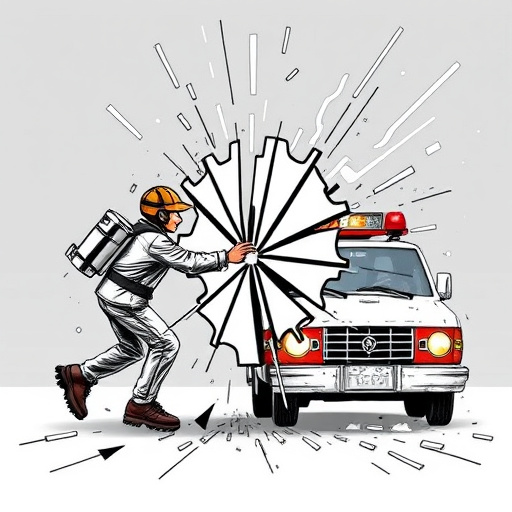
When dealing with insurance claims for frame repairs, understanding the distinction between approved and unapproved costs is paramount. Framework repairs are often complex and can vary widely in scope, from minor adjustments to complete structural overhauls. Insurance companies typically have guidelines and pre-set standards for what constitutes an approved frame repair cost, which can be influenced by factors such as vehicle age, make, model, and the severity of the collision.
Collision repair professionals are well-versed in these guidelines, ensuring that their estimates align with industry standards and insurance company requirements. However, not all frame repairs meet these criteria. Unapproved costs might arise from excessive or unnecessary repairs, overcharging for labor, or using subpar replacement parts. Car dent removal, while a crucial aspect of the process, must also adhere to these standards. Fleet repair services, given their focus on maintaining multiple vehicles, need to be particularly attuned to approved frame repair practices to ensure cost-effectiveness and quality work without unnecessary expenses.
When it comes to frame repair for insurance claims, understanding the approval processes and common denial reasons is crucial. By recognizing potential issues and navigating approved versus unapproved costs, policyholders can ensure they receive adequate coverage for necessary repairs. Remember that knowledge is empowering; being proactive in this process can help avoid delays and ensure a smoother experience during what could be a stressful time.
